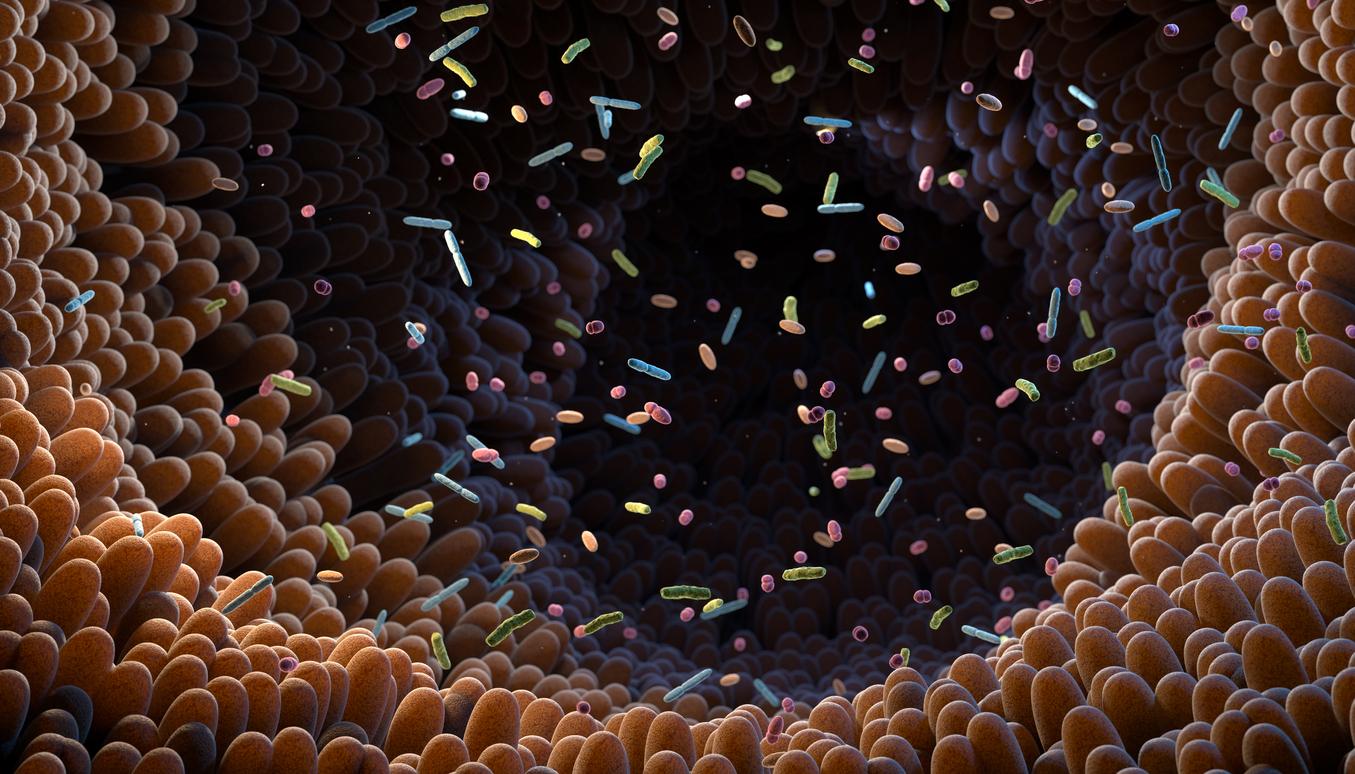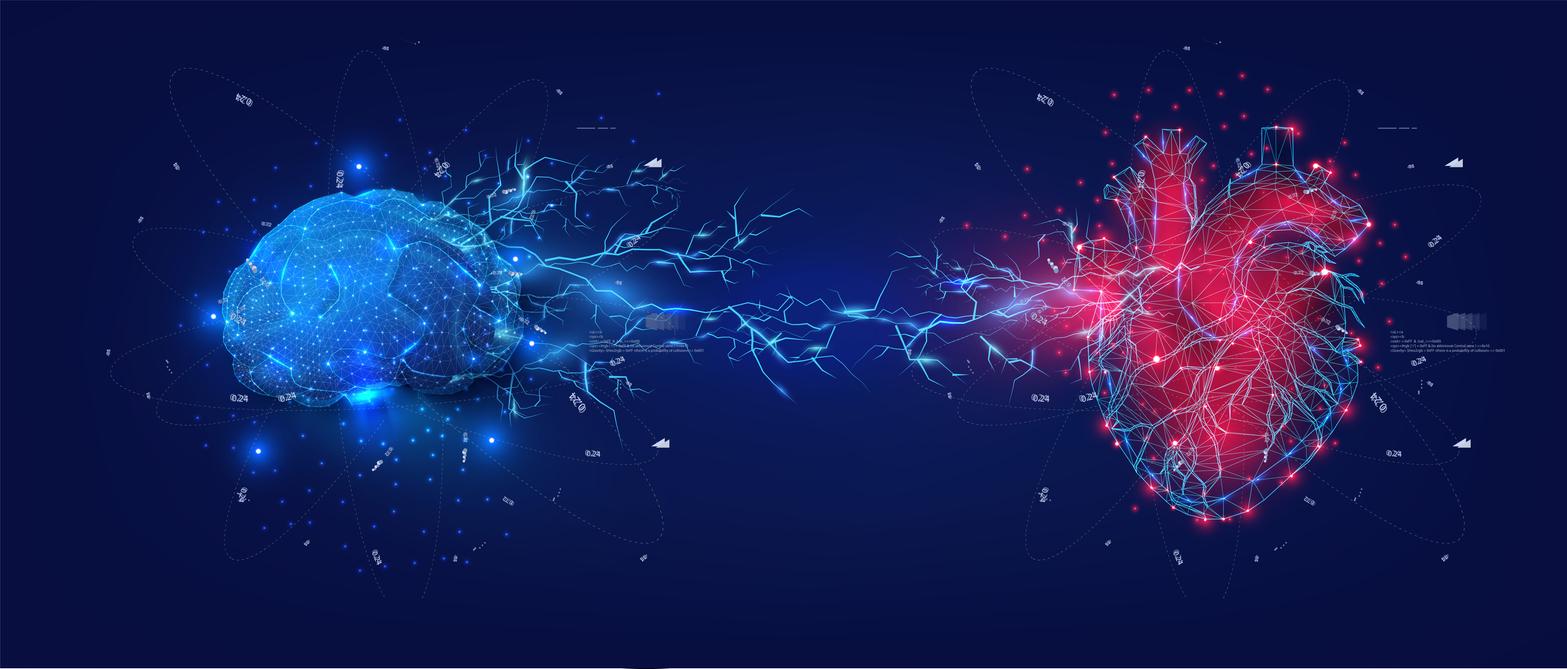Proteins, similar to long filaments, coordinate to create heartbeats.

- The coordination of proteins from electrical signals causes the heart to beat
- Better knowledge of this mechanism would allow better treatment of cardiomyopathies
The heart still hides some mysteries. Scientists around the world are trying to pierce them day after day. Researchers at Washington State University reveal one of these facets of the heart organ. In the specialist journal PLOS Biology, they tell how they discovered the involvement of proteins in making the heart beat. They look like long filaments and coordinate with electrical signals to keep the heart beating.
A precise architecture
“It’s designed in a very nice way“, emphasizes Alla Kostyukova, co-author of the research. The proteins identified by the researcher and her team are small filaments, called “actin”. Electrical signals allow them to bind and unbind to form a precise architecture. When proteins are perfectly aligned, they can coordinate and allow the heart to beat. Another protein, tropomyosin, intervenes in this mechanism to check that the different filaments are the right size.
The study was carried out using several state-of-the-art techniques. In particular, the researchers used nuclear magnetic resonance, a method similar to MRI, to understand the functioning of proteins at the atomic scale. “The probability of succeeding in showing this mechanism was not high, but the impact of the discovery is.”congratulates himself Dmitry Tolkatchev, co-author of the study.
Improving the management of cardiomyopathies
Beyond the aesthetic aspect of these proteins, they are essential for the development of a healthy heart. The researchers want to use their results in the fight against inherited heart diseases, linked to genetic mutations of proteins, such as cardiomyopathy. In this disease, the filaments of which the proteins are composed are of unequal length. “Our job is to prove that these mutations are at the origin of these pathologies and to propose treatment strategies.”, explains the scientist. According to her, these diseases affect one in 500 people worldwide. They have an irremediable impact on the lives of patients and can sometimes cause their death.
.
















